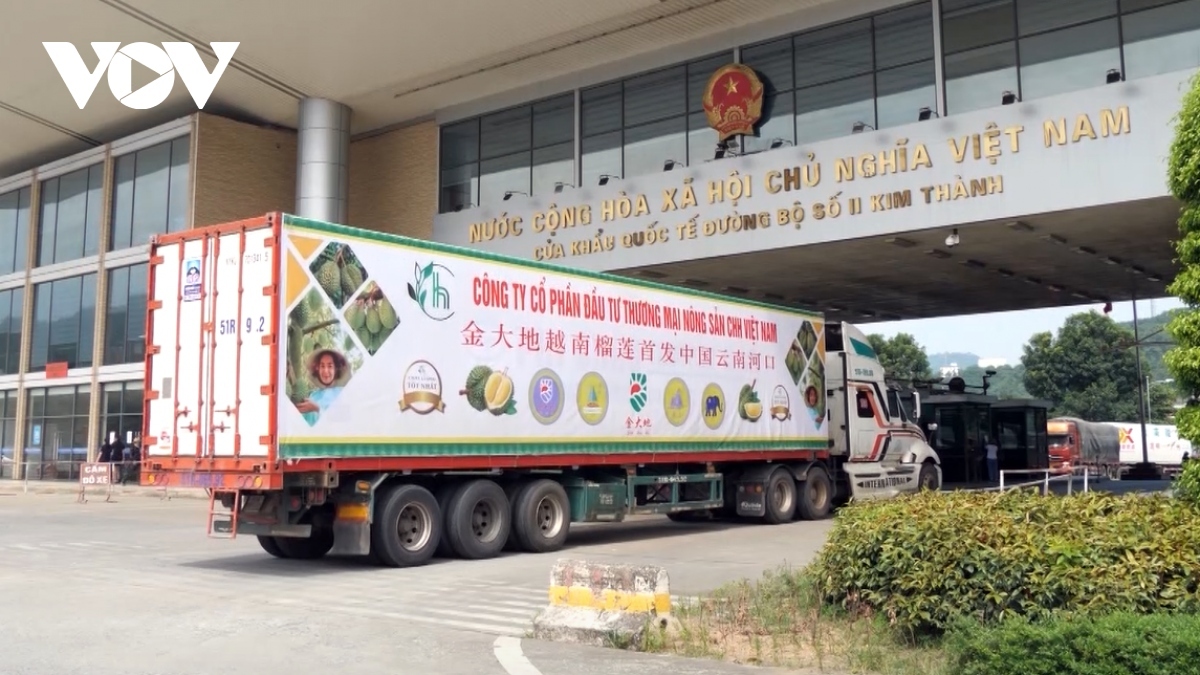Promoting trade cooperation between Vietnam and China
VOV.VN - Experts shared their experience in increasing trade in farm products, including seafood, between Vietnam and China at a forum held on March 8.

Nguyen Hoai Nam, deputy general secretary of the Vietnam Association of Seafood Exporters and Producers (VASEP), outlined that seafood trade between both sides recorded its highest growth among major Vietnamese markets in the 2018 - to 2022 period. China, from third position, rose to become Vietnam’s second largest seafood importer, behind only the United States.
Most notably, he said Guangxi represents the third largest consumer of Vietnamese seafood in China, after Guangdong and Zhanjiang. The province accounts for 6% of the volume and 11% of the value of Vietnamese seafood imports to this market. Meanwhile, Vietnam is the leading supplier of seafood to Guangxi, making up 69% of the volume and 75% of the import value of the Chinese province.
Given its high potential and numerous advantages, Nam suggested that Vietnam seek to strengthen trade promotion and trade exchanges with Chinese localities, and at the same time support and promote the approval of dossiers for businesses registering to export seafood to China.
It’s important to provide up-to-date information on the various needs and regulations of the Chinese market and localities for Vietnamese businesses, he said.
Su Wen Guang, vice president of the Vietnam - China Business Association in Guangxi, noted that the administration of the Chinese city of Fangchenggang has started construction on a cold storage system specifically for seafood which is capable of storing 200,000 tonnes in the first phase, as well as 600,000 tonnes in the second phase.
He revealed that his company, Tong Deng Industrial Investment Co., Ltd., is currently setting up a Vietnam seafood trading centre in Fangchenggang, which is expected to boost the import of Vietnamese seafood into China.
To increase the export of Vietnamese farm products to the northern neighbour, Tran Thi Bich Ngoc, head of the Mong Cai International Border Gate, suggested that businesses must change their mindset in terms of thinking, management, planning, and operation by ‘actively seizing opportunities and engaging in integration’.
Firms should strive to make full use of digital technology, including e-commerce trading floors, as a way of enhancing product promotion and constantly improving the overall quality of goods from farming, catching, processing, packaging, and transportation for export, she said.
Furthermore, she suggested that businesses accelerate the change of production methods towards safety by strictly managing farming processes and meeting China’s regulatory requirements. In addition, she said it remains necessary to strengthen linkages between processors and exporters based on the principle of jointly grasping and exploiting the market.
Taking the floor, Deputy Minister of Agriculture and Rural Development Tran Thanh Nam pointed out that there has been slow progress in the approval of dossiers. He said Vietnamese businesses wishing to export highly-processed farm products to this market need to send two documents to the authorities of the relevant Chinese ministry and customs agency at the same time.
He proposed that the Vietnamese border province of Quang Ninh and relevant Chinese agencies jointly host a trade promotion forum in Dongxing (China) soon to create conditions for businesses of the two countries to negotiate directly with each other and build supply chains for the import and export of farm products.
He also proposed establishing a Vietnam - China agricultural and fisheries enterprise club to connect enterprises and provide up-to-date information about the market.

